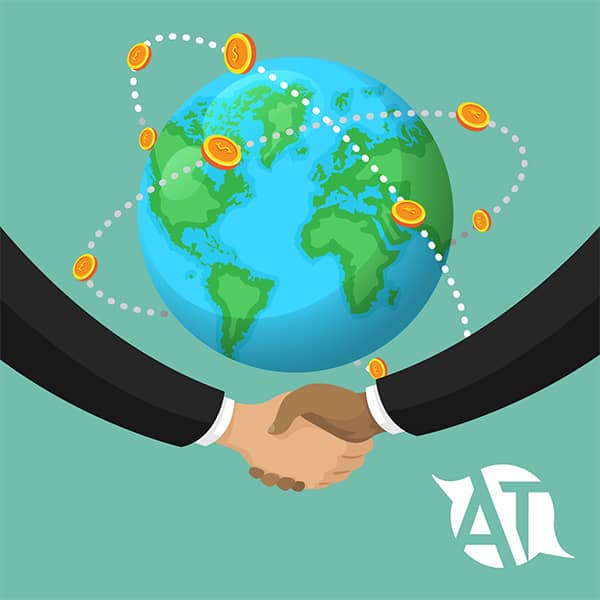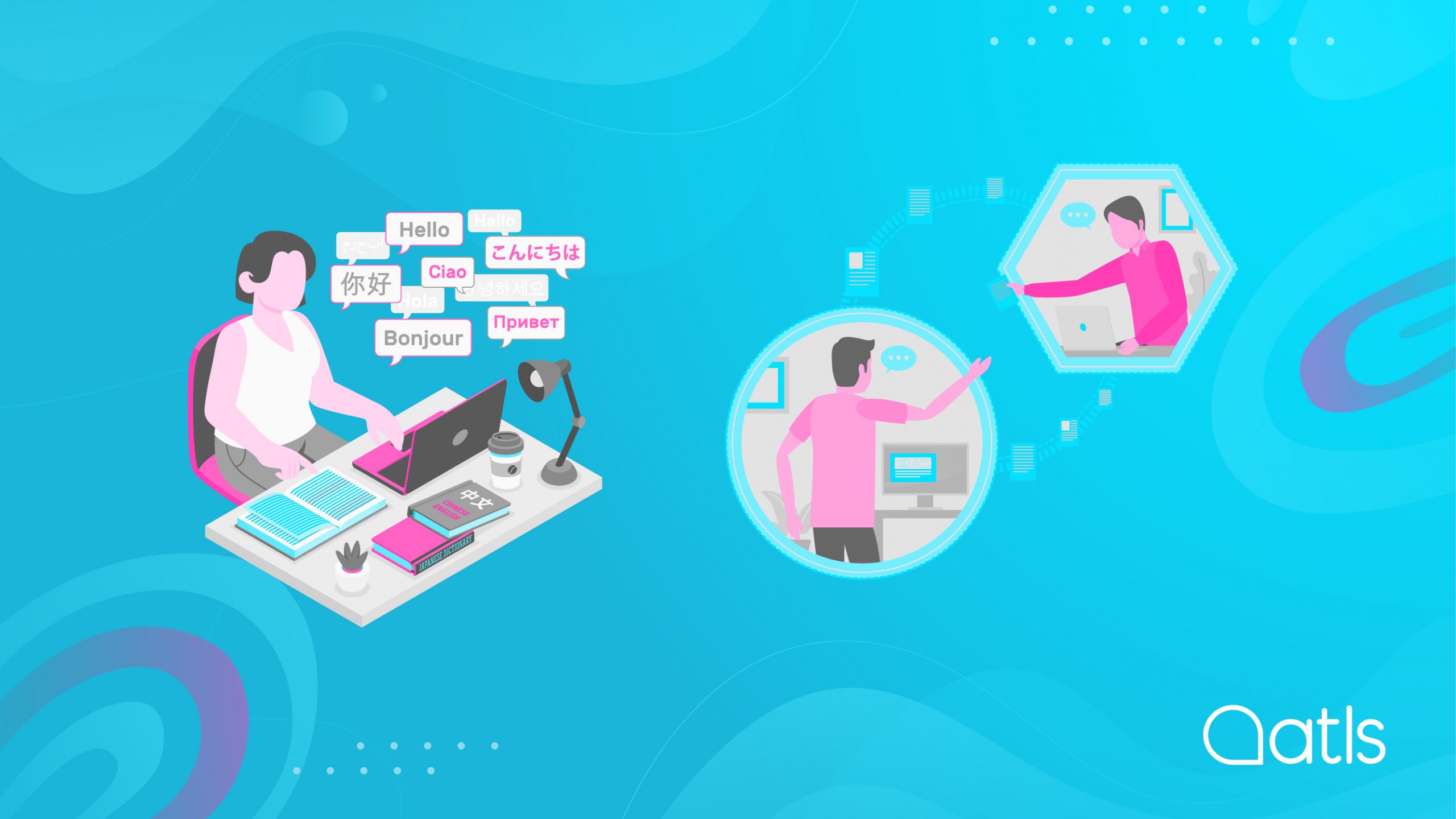The best international strategy

What is the best international strategy? For a lot of businesses it's time to take a step forward and embark on a quest to conquer new markets; the decision might be motivated by finding out about a new potential market - one which could have a positive impact on sales volumes, without presenting many barriers for entry. But to make sure a foreign brand triumphs in new markets, brands must do some work on localising their products and services, as well as adapting their content and making it culturally appropriate for their new target audience. Today we're going to explain which part of a business' international expansion process localisation plays a key role in.
The best international strategy
Localisation of products and services
There is no such thing as an international strategy without localisation. This step is fundamental when it's time to embark on your journey to internationalisation, as it guarantees that your company's products or services comply with the target country's regulations, and are culturally adapted to the conventions, tastes, and beliefs of your new target audience.
Naming and packaging
Depending on the new country you're targeting, you may need to make drastic changes to the design of your product. First you need to think about naming, given that there could be issues with certain words sounding vulgar in the new target language, or words could cause pronunciation issues due to phonetic differences between the source and target languages. And although it may be a risky move, changing the name of your brand or product from the start is better than taking a step backwards once you've started your expansion strategy. After all, making a serious mistake could jeopardise the brand's future in the foreign market, and scupper your internationalisation plans.
Changes to packaging are commonplace when marketing your products in new markets: perception, or cultural issues are at play here, and certain colours or shapes could have connotations that go against your brand's interests. There are a huge number of examples of very well-known brands with a completely different look depending on the country in which they're being marketed.
Localising websites and e-commerce sites as an international strategy
Having an online presence is no longer an option: either your business has a presence on the internet or - to put it bluntly - you may as well not exist. So whether you're doing it for your brand image, or because your company's selling products and/or services via online channels, it's essential to get your website translated by native professional translators. This translation will result in your message being expressed as it would be by a local. On the contrary, a badly-translated website generates mistrust in potential customers, and it's very likely that as a result, your sales figures won't be as you'd hoped.
For e-commerce sites you need to take more factors into account. You need to carry out exhaustive analysis of your target audience, localise your payment methods to include the most popular ones used by visitors, and encourage interactions and reviews in the native language of your new strategic market. If you want find out more about localising an e-commerce site, we've published an article you might find useful.
Marketing and content localisation
A lot of brands decide to work in new markets without properly localising their communications. In fact, research from the CMO Council reveals that 63% of brands are not satisfied with the results of their localisation strategy, but 75% of these companies are allocating less than 10% of their marketing budget on it. The key to success is planning what content needs to be localised, and which languages you want to translate into. There's no point trying to cover a lot of languages if the results from your translations are disastrous.
Work with local translators who are experts in the sector you work in. They'll be able to adapt your messages to cultural and linguistic nuances, and thereby improve the user experience. You might sometimes need to look at transcreating your content, to ensure it has the same desired impact on your new target audience. You need to pay attention to all the details, including your new target audience's time zone: when you're sending automated marketing communications it's important to send the messages at the right time to maximise your impact and improve your ROI.
SEO localisation
It's common for translation and localisation to get confused, and companies end up with just a translation, and fail to optimise the website to position it on the target country's search engines. This results in a well-translated website, linguistically speaking, but one that's invisible on organic searches in the new market. When a brand decides to take the plunge into international expansion, it's essential that they put the translation of content into the hands of native professional translators who are experts in SEO. They'll be able to adapt the content, using keywords that generate the most traffic in that country. To do this, it's important to carry out keyword research for each new language and find exactly the right keywords, rather than limiting yourself to a literal translation which could damage your positioning.
When they decide to get a multilingual website, many brands make a number of common errors when translating international SEO, such as not changing the URL from one language to another, or not using the “rel=canonical” tag to prioritise the main language. As you can see, it's important not to relegate localisation to a minor detail in your internationalisation strategy. It really can be the difference between success and failure. So if you want to expand your brand worldwide, we can help you with any translation or localisation project, regardless of the size. Shall we talk?




